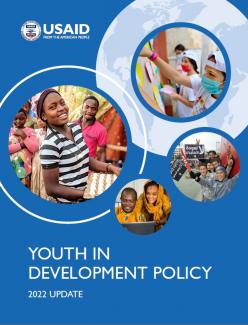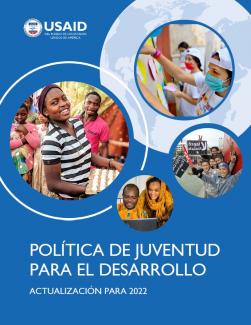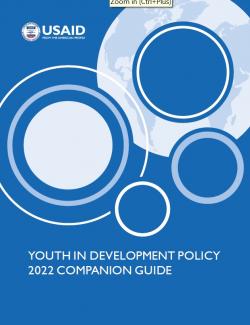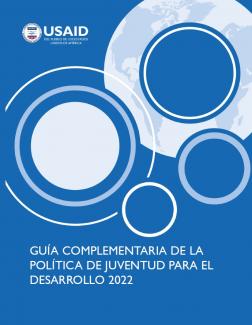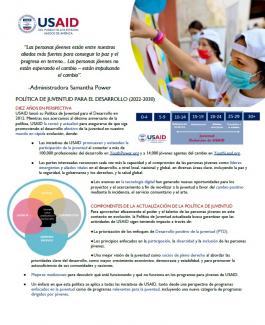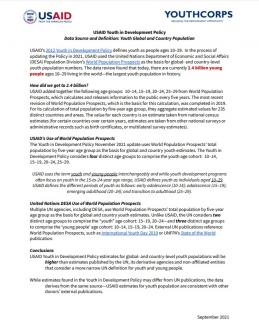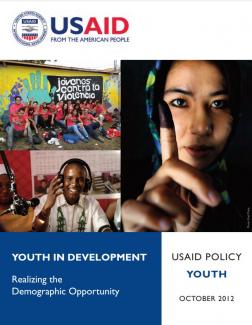Introduction to Youth in Development at USAID
Engaging youth and emerging leaders in development is essential to achieving the United States’ most important foreign policy objectives. The voices and skills of 2.4 billion youth between the ages of 10 and 29 are critical to development work. Youth engagement and partnership offer leaders a chance to fully understand what it is like to grow up in today’s rapidly changing world. Instead of viewing youth as passive recipients, young people should be viewed as agents of their own development. USAID must invest in youth so that they are actively involved in shaping development interventions. Through youth engagement, USAID and our development partners can do a better job of creating the services, opportunities, and support young people need to develop in healthy ways.
Vision
USAID envisions a world in which young people have the agency, rights, influence, and opportunities to pursue their life goals and contribute to the development of their communities.
Goal
The goal of the USAID Youth in Development policy is to increase the meaningful participation of youth within their communities, schools, organizations, economies, peer groups, and families, enhancing their skills, providing opportunities, and fostering healthy relationships so they may build on their collective leadership.
Objectives
- Access: Youth are better able to access high-quality information, safe services, and livelihood opportunities and build the skills they need to lead healthy, productive, and engaged lives.
- Participation: Youth have the right to fully participate in decision-making as key partners to contribute to individual, household, community, and national well-being.
- Systems: Youth have a stronger collective voice in, and are better served by, local and national systems through more coordinated and effective services, practices, and policies that embody the principles of positive youth development.

